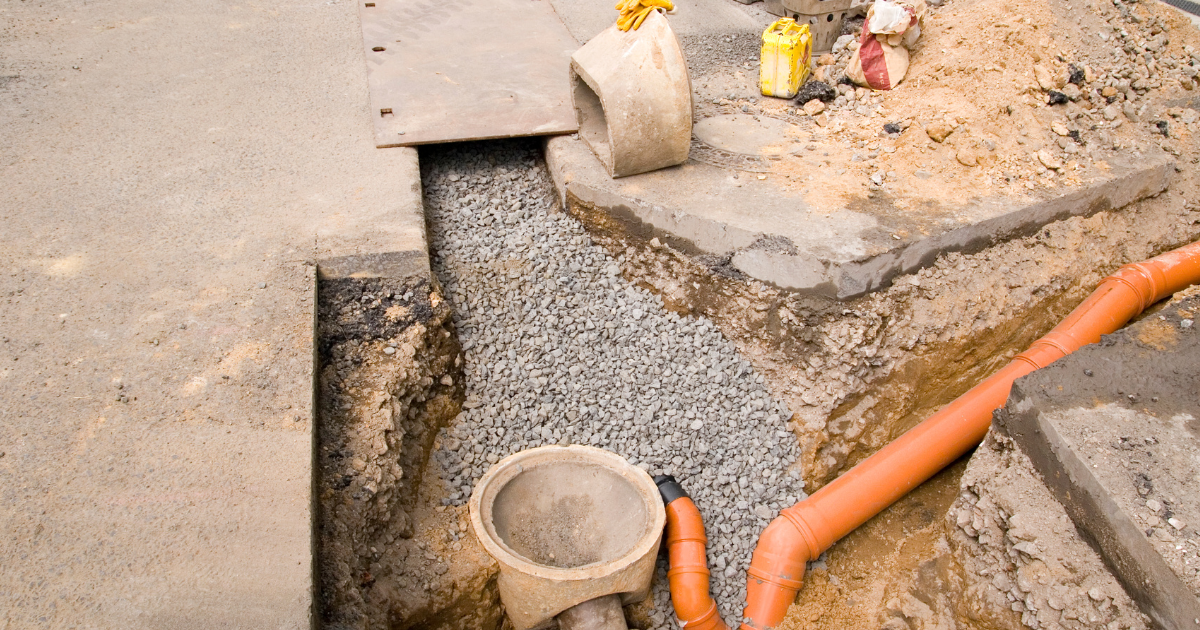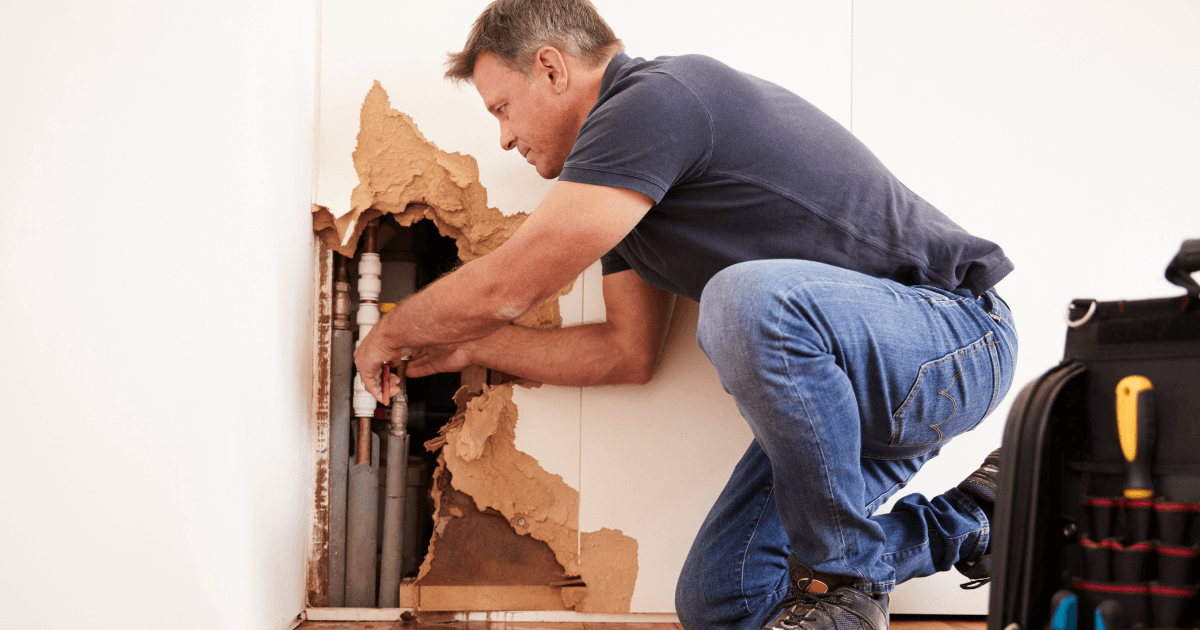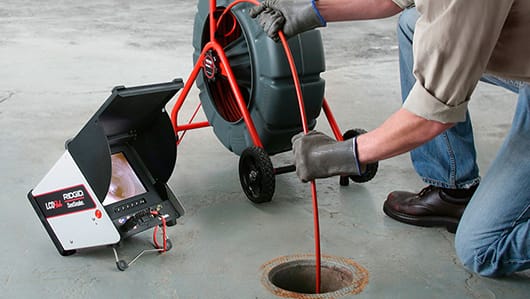Sewer replacement may seem like a routine home repair, but it actually represents one of the most significant and complex maintenance challenges homeowners face. At its surface, it’s simply about replacing a broken or outdated pipe. However, beneath that initial layer, sewer line replacement touches upon multiple critical factors, including urban infrastructure, soil dynamics, and environmental regulations. For many homeowners, this complexity can be overwhelming, especially given that the repair often occurs unexpectedly, triggered by symptoms like sewage backups or slow drains. Addressing these deeper complexities with a more analytical approach can transform what feels like a daunting task into a more manageable, cost-efficient process.
The material science of pipes, environmental impact, and financial implications. Older pipes, made from materials like clay or cast iron, are inherently prone to issues like corrosion or tree root invasion due to their porous and aging structure. With modern alternatives such as PVC or trenchless replacement techniques, homeowners can extend the lifespan of their sewer systems while minimizing excavation damage and long-term costs. This shift in thinking—from reactive repairs to proactive, technologically advanced solutions—presents a fundamental change in how homeowners approach their underground infrastructure.
Additionally, sewer line replacements tie into broader environmental considerations. Aging infrastructure not only poses risks to personal property but can also contribute to community-wide issues like soil contamination or water pollution. By selecting sustainable materials and opting for minimally invasive methods, such as pipe relining or bursting, homeowners can reduce their ecological footprint while addressing their sewer problems. This dual focus on long-term financial and environmental stewardship transforms sewer line replacement from a dreaded repair into a strategic investment in both the property and the planet.
1. Rethinking the Sewer Line: The Fundamentals
At the most basic level, a sewer line serves as the exit channel for all wastewater from your home to the public sewer system or a septic tank. While this function is simple, the interplay between materials, soil, and external factors like tree roots or shifting ground makes sewer lines more vulnerable than one might expect.
For decades, sewer lines have been constructed from materials like clay, cast iron, and Orangeburg (a material now known to be extremely fragile). As these pipes age, they are susceptible to corrosion, cracking, and root intrusion. A core principle of sewer system longevity is understanding that these materials were never designed to withstand the pressures of modern wastewater demands, soil shifts, or tree root invasion over time. Recognizing these vulnerabilities early can prevent catastrophic failures.
2. Innovative Methods of Replacement: Beyond the Shovel
The traditional method of sewer line replacement—digging a large trench across your yard—can be costly, invasive, and disruptive. However, a profound shift has occurred in recent years, with trenchless technology offering a more efficient and less destructive solution.
- Pipe Lining (CIPP): This involves inserting a flexible tube coated with epoxy into the damaged pipe. The tube inflates, adhering to the walls, and then hardens to form a new, durable pipe within the old one. This method is minimally invasive, highly efficient, and perfect for homeowners looking to preserve their landscaping.
- Pipe Bursting: If the damage is more extensive, pipe bursting might be the better choice. Here, a machine breaks the old pipe while simultaneously pulling in a new, high-density polyethylene (HDPE) pipe behind it. This allows for replacement without major excavation, making it ideal for homes where extensive digging isn’t an option.
These trenchless techniques offer revolutionary solutions by reducing both time and cost. They also align with the increasing demand for sustainable, less invasive home repair practices.
3. Financial Realities: The Cost of Sewer Replacement
Understanding the financial side of sewer replacement is crucial to making informed decisions. The cost of replacing a sewer line varies depending on factors like pipe length, location, and the method chosen (trenchless versus traditional). On average, homeowners should expect to pay between $3,000 and $10,000 for a complete replacement.
While traditional excavation might seem more affordable on paper, trenchless methods often save homeowners money in the long run due to reduced labor and landscaping restoration costs. Additionally, when considering pipe materials, modern options like PVC and HDPE offer superior longevity and cost-effectiveness compared to older materials like cast iron or clay.
Moreover, homeowners should factor in potential hidden costs such as:
- Permit fees
- Landscaping repair
- Utility rerouting
To avoid unexpected expenses, proactive budgeting and consultation with professionals are essential. In some cases, homeowners can also explore financing options or home warranties to offset the upfront cost.
4. Preventative Insights: How to Avoid Future Replacements
To truly reshape how homeowners view sewer lines, it’s crucial to focus on prevention as much as repair. Proactive maintenance, regular inspections, and understanding environmental risks (such as tree root intrusion) are key.
- Tree Root Intrusion: Tree roots are naturally attracted to sewer lines due to the moisture they provide. As roots grow into small cracks, they expand, causing major blockages or pipe collapse. One way to prevent this is by strategically planting trees away from sewer lines or installing root barriers.
- Annual Inspections: Having your sewer line inspected annually using modern CCTV technology can detect early warning signs of corrosion, blockages, or cracks. Addressing these issues early can save thousands of dollars in potential repair costs.
- Smart Technology: The future of sewer maintenance lies in smart sensors that monitor pressure and flow within pipes. These systems can alert homeowners to potential issues before they escalate, making them an essential tool in the shift toward predictive home maintenance.
Conclusion: A New Era in Sewer Line Maintenance
The way homeowners approach sewer replacement can significantly shift from being a reactive, often stressful ordeal to a proactive, well-planned strategy that promotes efficiency and cost-effectiveness. By understanding the limitations of older sewer systems, homeowners can make informed decisions about upgrades that not only extend the life of their infrastructure but also provide substantial savings over time. Embracing modern technologies, such as trenchless methods, allows for repairs and replacements that minimize disruption to landscaping and property, thereby reducing both time and money spent on restoration.
Moreover, adopting a mindset that prioritizes preventive maintenance can yield long-term benefits. Regular inspections and maintenance practices, such as using smart monitoring technologies, enable homeowners to identify potential issues before they escalate into costly repairs. This shift not only enhances the longevity of sewer systems but also fosters a more sustainable approach to home management. By being proactive, homeowners can avoid the pitfalls of neglect, creating a resilient infrastructure that withstands the test of time.
This guide serves not just as a resource for managing sewer line replacements but as a call to reimagine how we view the essential systems that underpin our homes. Understanding the intricacies of sewer maintenance equips homeowners with the knowledge to make better decisions, ensuring their properties remain safe, efficient, and environmentally friendly. By transforming the approach to sewer systems, we can pave the way for a future where home maintenance is not just about fixing problems but about enhancing quality of life and sustainability.





